A mega metropolis which combines the old and the new like no other, Tokyo is home to over 13 million people and 23 special wards. Each ward functions somewhat like an individual city and in each of these wards, there are multiple neighborhoods.
In this guide, I will highlight the most important neighborhoods in Tokyo which are of interest to you as a visitor. I will share why that specific neighborhood is important and what are the top attractions in the area.
Table of Contents
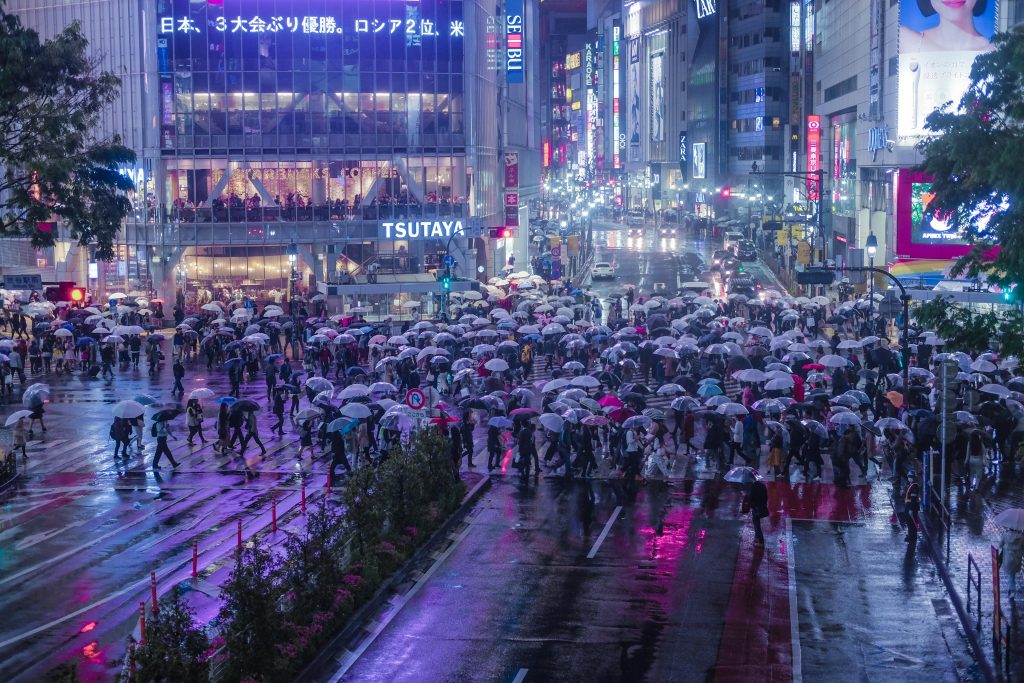
Shibuya
Shibuya is one of the most iconic sites in Tokyo thanks to the Shibuya pedestrian scramble, which has been featured in many movies throughout the years. There is no denying that everyone that visits Tokyo, has Shibuya crossing on their Tokyo itinerary.
There are many things to do in Shibuya beyond crossing the scramble. While you might think Shibuya is just about the station area, don’t be fooled. This area is massive, being one of the largest wards in Tokyo, housing several neighborhoods in Tokyo. For more in-depth information, read my Shibuya Area Guide and pick a hotel to stay in Shibuya, especially if you want to be in the heart of Tokyo.
Shibuya Station Area
The heart of Shibuya, this area is known for the iconic Shibuya Crossing, Hachiko Statue, and a wide range of shopping and dining options. It’s the epicentre of the district and one you cannot miss during your first stay in Tokyo.
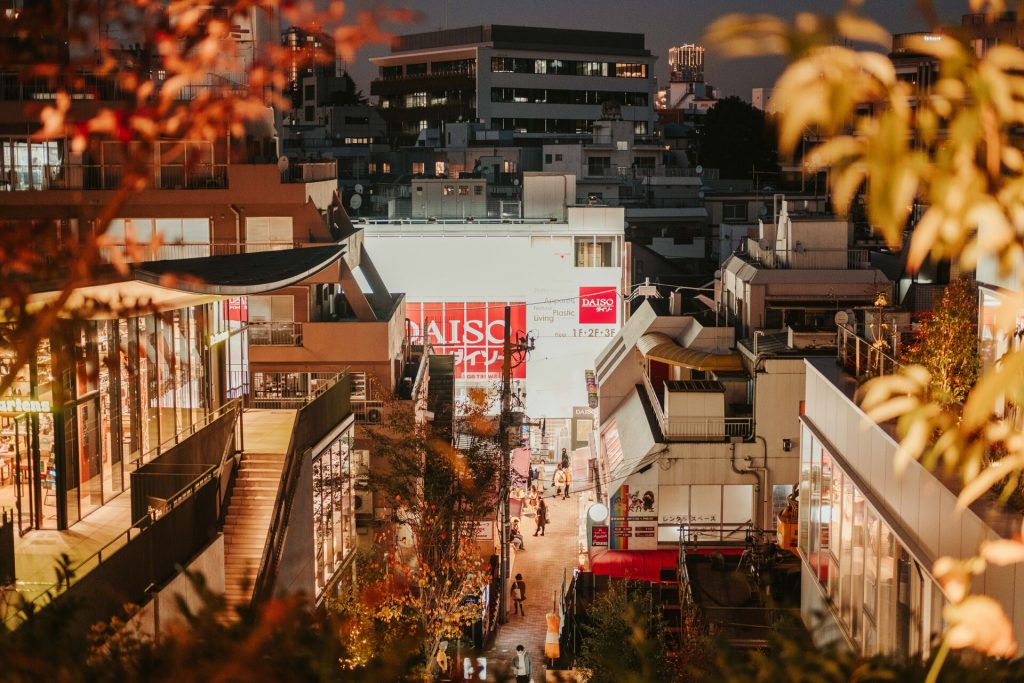
Harajuku
Harajuku is a neighborhood within Shibuya known for its unusual fashion style. Takeshita Street, in particular, is a hotspot for trendy boutiques, cafés, and crêpe stands. Opposite Takeshita street stands the serene Meiji Shrine, one of the most important spiritual places in Tokyo. Venture a little east from Takeshita street and you’ll find yourself in Omotesando, one of the best shopping areas in Shibuya.
Ebisu
Sophisticated and laid-back, Ebisu is the more upscale side of Shibuya. One of the best places to visit in Ebisu is the Yebisu Garden Place with its phenomenal Sky Lobby which offers stunning views of Tokyo from above. Ebisu has a range of izakayas, upscale restaurants, and the Ebisu Beer Museum.
Daikanyama
Often referred to as Tokyo’s Little Brooklyn, Daikanyama is chic and stylish, if anything a little gritty. You’ll find the cool kids of Shibuya here, with hipster cafés and contemporary architecture.

Shinjuku
Shinjuku is a skyscraper district in Tokyo with dazzling neon lights, lots of street food and a vast amount of entertainment. If it exists, it will be an attraction in Shinjuku.
Featuring the busiest train station in the world, Shinjuku can get overwhelmingly crowded. But it’s also so epic to find yourself navigating the essence of Tokyo’s dynamic urban life.
Kabukicho
Kabukicho is Asia’s largest red district and yes, most of the things here are for adults-only. I always tell visitors that Kabukicho is a place to watch but not touch, mainly because a lot of the establishments here are ran by the local mafia (yakuza). Unless you know the culture and speak fluent Japanese, it’s best to avoid getting yourself into trouble. But that doesn’t mean the area is not epic to visit and check out after dark. It’s flashy, crazy, fascinating to explore.
Golden Gai
Golden Gai is a retro area known for its narrow alleys lined with tiny bars. Each bar has a unique character and theme, and many are open to foreigners. It’s a place where time seems to slow down, and visitors can enjoy intimate conversations over drinks.

Omoide Yokocho
Omoide Yokocho or memory lane, is one of the most popular alleyways in the city. This narrow lane is lined with small, tightly packed bars, yakitori grills, and izakayas. If you want to experience unusual and intimate dining, rubbing elbows with Japanese salarymen, this is the place to be.
It’s incredibly different from the rest of Shinjuku, as Omoide Yokocho has retained its Showa era ambiance. Remember that most establishments take cash only and some charge a seating fee.
Skyscraper District
The Skyscraper district in Shinjuku showcases Tokyo’s modern architecture. The two most known buildings are the iconic cocoon building (Mode Gakuen), which is home to a fashion school, the second-tallest educational building in the world. Another skyscraper, the Tokyo Metropolitan Government Building, has two free observation decks, provides stunning views of Tokyo and beyond.

Minato
Minato is a high-end district in Tokyo with a sophisticated blend of business, culture, and shopping. Minato is home to many iconic landmarks, including the Tokyo Tower, Tokyo Midtown, the National Art Centre, Mori Art Museum and Nezu Museum. It is an incredibly fancy place to live and visit, but like every other Tokyo district, it does have its nightlife area too, at the center of Roppongi Hills.
Roppongi Hills
Roppongi Hills is the most neighborhood in Minato associated with nightlife and expat communities. It does have a fair share of bars and clubs, as well as more adult-oriented entertainment.
Roppongi is also a cultural center, home to the Tokyo Art Centre and Mori Art Museum. It’s also where you’ll find the super popular Roppongi Hills and Tokyo Midtown, two large complexes for shopping and dining.

Aoyama
Aoyama is my favourite district in Tokyo, known for its high-end fashion stores, cafés, and cultural spaces. It’s a trendy neighborhood that appeals to design enthusiasts. You’ll find the Nezu museum here, as well as lots of really stunning architectural gems, including the SunnyHills building. For a fancy experience, check out the Sakurai tea experience, an epic bar with stunning views and exquisite cocktails.
Azabu
Azabu is one of Tokyo’s most upscale residential areas, where you’ll find many luxury apartments and gourmet dining options. Azabu is a must-visit for the newest teamLab Borderless exhibition, newly opened in the Azabudai Hills.
Shinbashi
Shinbashi, was originally the terminal station of Japan’s first railway line, which connected Tokyo with Yokohama. Nowadays, Shinbashi is a popular neighborhood with salarymen and office workers given that it’s home to many offices, as well as dining and drinking establishments.

Chiyoda
Chiyoda is the political heart of Tokyo because it is home to the Imperial Palace, the residence of the Emperor of Japan. There are several other government buildings in Chiyoda, including the National Diet Building.
Many come to Chiyoda to access the Eastern Gardens in the Imperial Palace, which are open to the public. There are many high-end hotels here, including the luxurious Imperial Hotel, which, in my opinion, has the best high tea in Tokyo.
Akihabara
Akihabara, also known as the electronic town, is renowned for its otaku (geek) culture, anime and manga shops. It does have plenty of tech shops, too, so it’s an ideal place to visit if you want to immerse yourself in Japanese pop culture. If you’re into video games, Akihabara is one of the best neighbourhoods to visit.
Jinbocho
Jinbocho is known as book town thanks to its high concentration of second – hand bookshops. You’ll find so many literary gems here, including rare editions and academic publications. Some stores also sell rare posters and Japanese drawings. It’s a great place to visit in search of unique Japanese souvenirs.
Marunouchi
Marunouchi is one of the city’s most prestigious business districts, with sleek high rises housing high-profile banks and companies. It’s pretty chilled at night, once salarymen go home after work, but during the day it’s a fantastic location for high-end shopping malls, luxury boutiques, chic cafés, and gourmet restaurants.

Chuo
Chuo is a key financial district in Tokyo, home to the Tokyo Stock Exchange and several corporate headquarters. Today, Chuo is characterized by its modern and sleek appearance, yet it retains a rich history that dates back to the Edo Period, during which Nihonbashi emerged as a central part of Tokyo’s economic landscape. Nihonbashi was the starting point of the Five Routes, a network of key trade routes that connected Edo to other parts of Japan.
Ginza
Ginza is a fabulous, luxurious district dotted with international brands, opulent stores and exclusive brand boutiques. As a comparison, Ginza is the Japanese equivalent of New York’s 5th avenue. There is so much to do in Ginza although shopping and dining are amongst the top attractions here.
Visit Ginza during the weekend between 12:00 – 17:00 when the main street (Chuo Dori) is open for pedestrians only. Pay a visit to Ginza Wako, Ginza’s iconic store, opened in 1932. Or go to my favorite, Ginza Six and head straight to its green rooftop which offers excellent views of Chuo Dori from above.
Tsukiji
Tsukiji was once home to the world’s largest wholesale fish market until its relocation to Toyosu. Today, it remains an attraction with its outer market area, where locals and tourists come to eat its array of fresh seafood. A fantastic place to visit in Tsukiji is Tsumugi, a café within the Tsukiji Honganji temple, which serves a traditional 18 dish Buddhist breakfast.

Taito
Taito is the more traditional district in Tokyo, home to cultural attractions and museums. The ward houses some of Tokyo’s most iconic sites, including Senso-ji, the most important Buddhist temple in the capital.
Taito is known more for its traditional crafts and industries, such as Yanaka Ginza with its preserved shitamachi (old downtown) atmosphere.
Taito Ward offers various traditional festivals and events throughout the year, including the famous Sanja Matsuri at Asakusa Shrine, which attracts millions of visitors
Asakusa
Asakusa is home to Tokyo’s oldest and most important temple: Senso-ji. Many come to this Buddhist temple to pay their respect, pray for health and buy an ema (wishing wooden plaque).
There is so much more to discover in Asakusa, though. Walk on Nakamise Dori and get some of the best street food in the city. You’ll find many souvenir shops too. A few streets down, and you’ll discover Hoppy Street, a retro alley filled with izakayas (Japanese pubs).
Nearby you’ll also have Kappabashi (kitchen town), the perfect place to walk and search for Japanese ceramics, specialized utensils and ramen bowls.
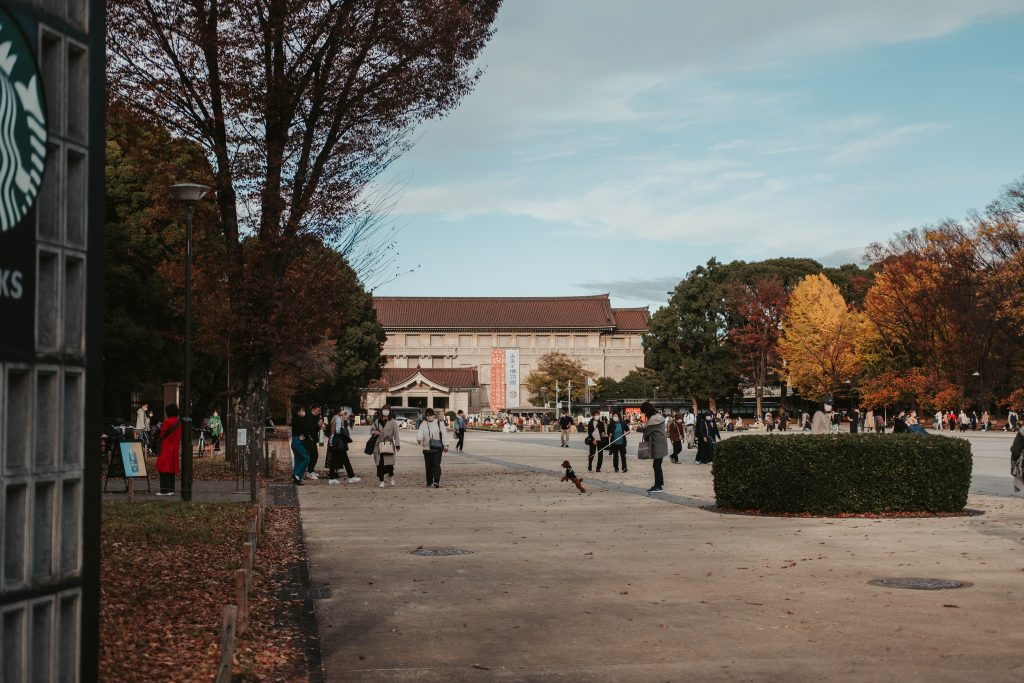
Ueno
Ueno is a large public park, featuring some of the city’s most important museums, a zoo, a pond and several shrines and temples. There are so many things to do in Ueno, but one of the most popular attractions are its many cherry trees, which attract visitors from all over the world during Spring.
No visit to Ueno is complete without a trip to the Tokyo Museum. This is Japan’s oldest and largest museum and your gateway to learning more about Japanese history, culture, and tradition.
Rent a swan – shaped boat and pedal your way around the Ueno pond. When you get hungry, head to Ameyoko, a shopping district with plenty of street food and souvenir shops.

Meguro
Meguro is a Tokyo ward primarily known as a residential district, but it’s been gaining traction with international tourists. It is home to Meguro River, a well-known and very popular hanami (sakura viewing) spot.
Meguro has many hipster cafés and indie shops where you’ll find more unusual but down to earth fashion. The large Starbucks Reserve Roastery is also in Meguro, attracting coffee enthusiasts from all over the world.
Nakameguro
Nakameguro is a neighborhood with a hipster, artistic vibe. It’s popular amongst young professionals and creatives, and it’s becoming a popular residential area for international expat communities.
The area around Nakameguro Station is a lively hub of activity with trendy artisanal coffee shops, and cool international eateries.
Other cool neighborhoods
I’m sure you can tell by now that Tokyo is massive. And there are a few more neighborhoods which are of interest to visitors. While not as popular with first time visitors to Tokyo, subsequent visitors find them very cool and interesting. I know I have, so I wanted to share them with you.

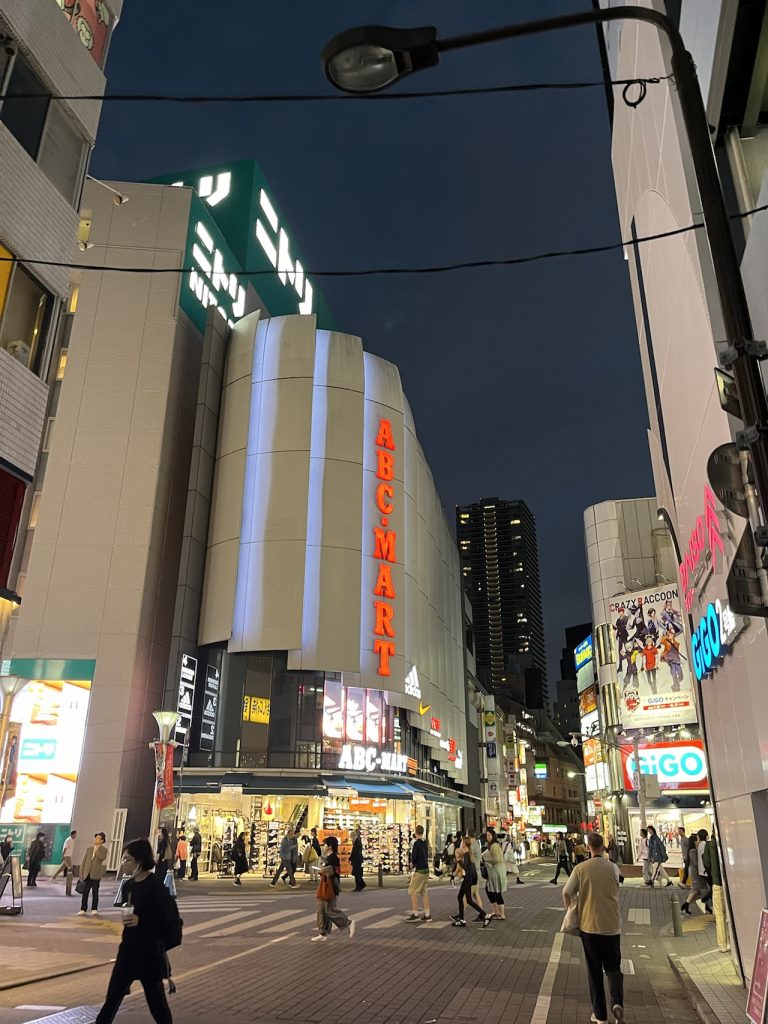
Ikebukuro
Ikebukuro is located in Toshima Ward, and it’s a cool place, sometimes known as the anime district for women. It’s a lot softer than Akihabara and, dare I say, even cooler. The area is also a haven for anime and manga enthusiasts, featuring several stores dedicated to Japanese pop culture, including the famous Animate Ikebukuro.
One of the main points of attractions here is Sunshine City, a large shopping complex that houses an aquarium, an observatory, and adorable fashion stores. If you’re looking for the cute Japanese girl look, this is your area.


Kichijoji
Kichijoji, located in the Musashino ward, has consistently been ranked as one of the most desirable places to live in Tokyo. Kichijoji is artsy and laid back, very well known for its vintage clothing stores, and music shops. You’ll find cool bars here, and brunch places. Be warned though, as laid back as this place is, many shops and restaurants don’t open until 12pm here. Kichijoji is especially popular with the young crowds, and it’s best explored in the evenings.
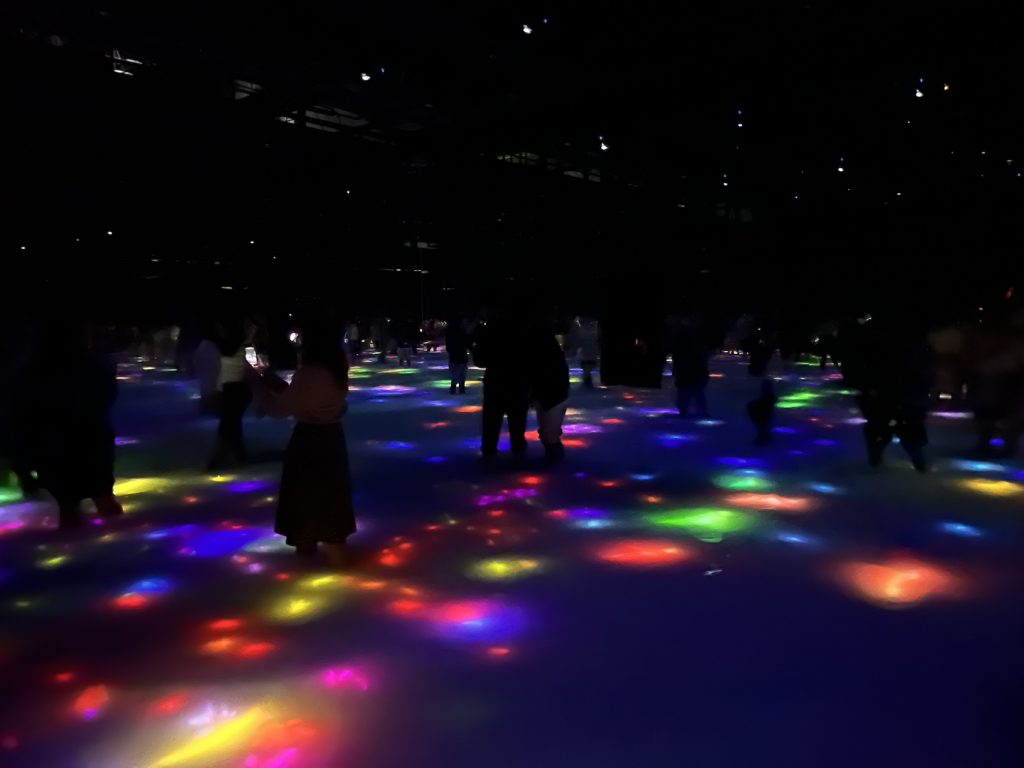
Odaiba
Odaiba is a popular area in Tokyo Bay, with a futuristic skyline. Odaiba is a man-made island now a major leisure and tourist destination ideally suited for families with kids.
One of Odaiba’s most iconic landmarks is the Rainbow Bridge, which connects Odaiba to central Tokyo. You will find many large shopping and entertainment complexes here too: Palette Town, Aqua City, and DiverCity Tokyo Plaza. You won’t want to miss teamLab Planets, or the Gundam Base Tokyo, which is a huge Gundam anime store with a large Gundam located in front of it.


Nakano
Nakano is a great neighborhood known for its Nakano Broadway shopping complex full of anime, manga and collectible shops. This multi-story mall is filled with shops selling everything from vintage anime merchandise and rare manga to cosplay accessories and video games.
Similar to Kichijoji, make sure you visit Nakano after 12, to ensure all shops are open.
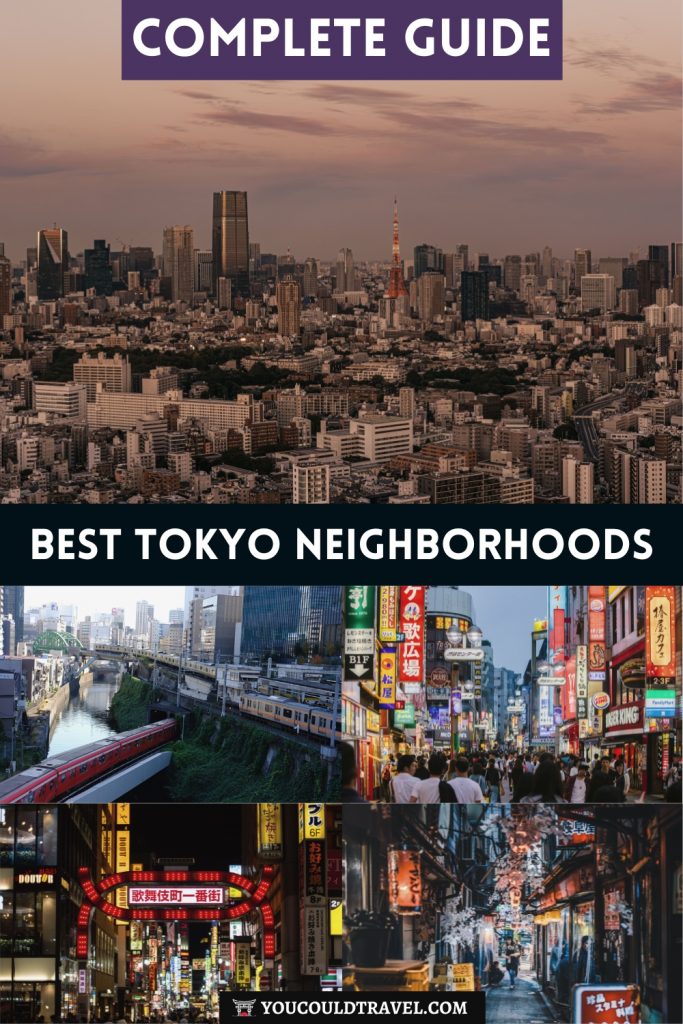
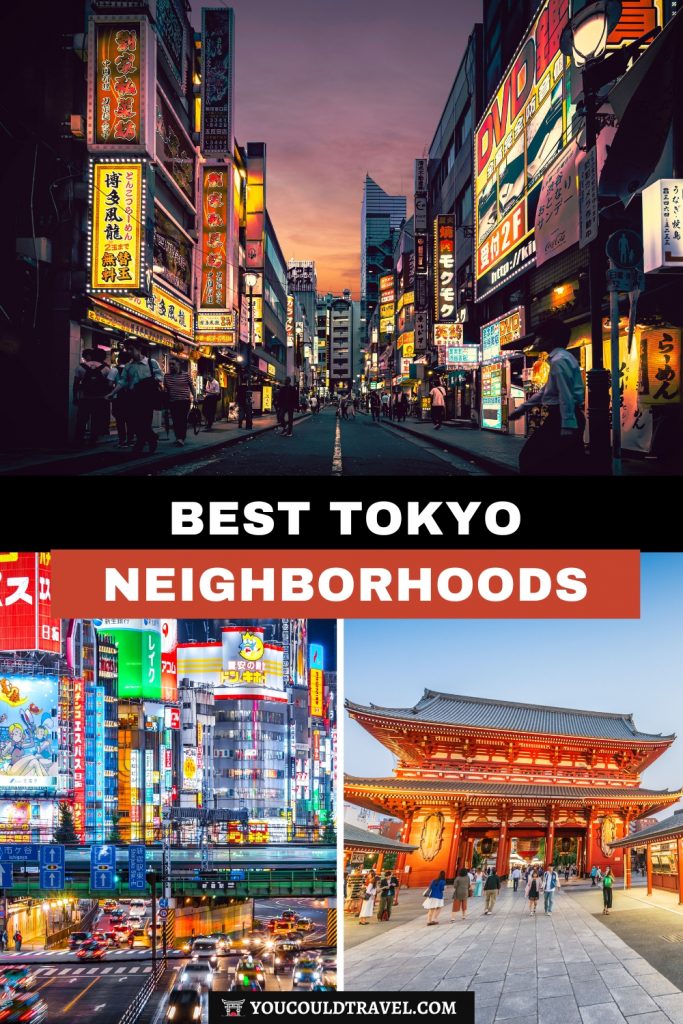

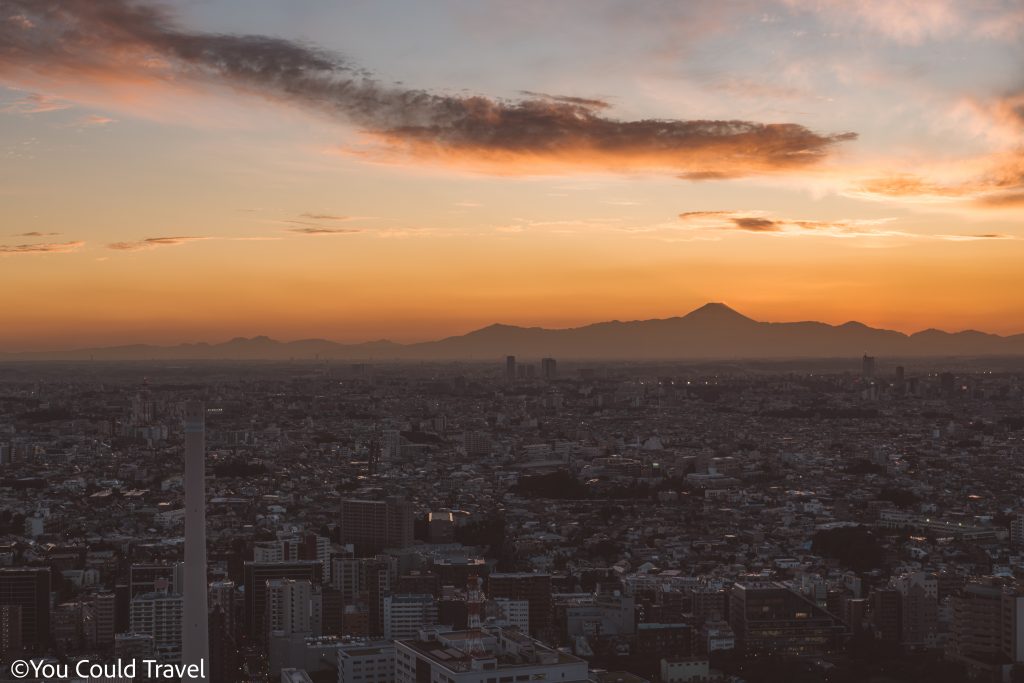
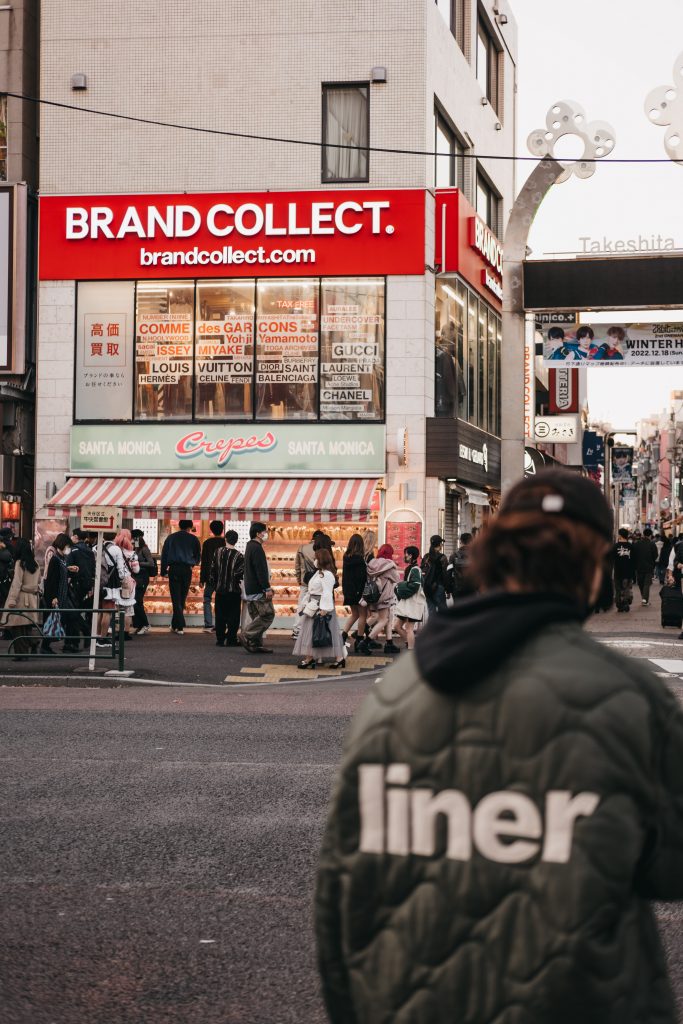

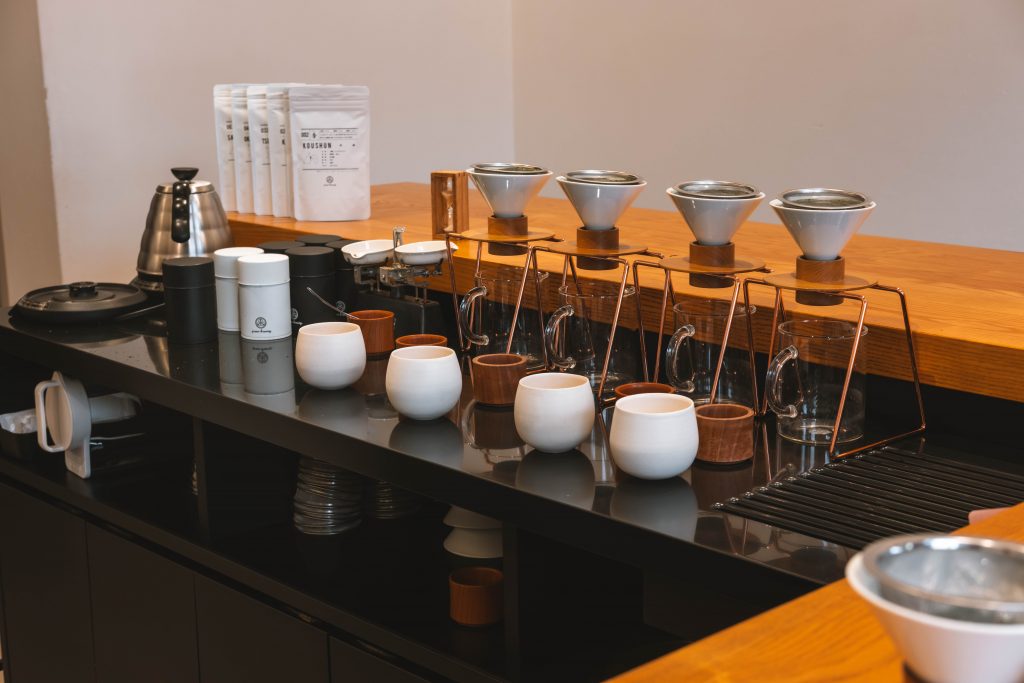

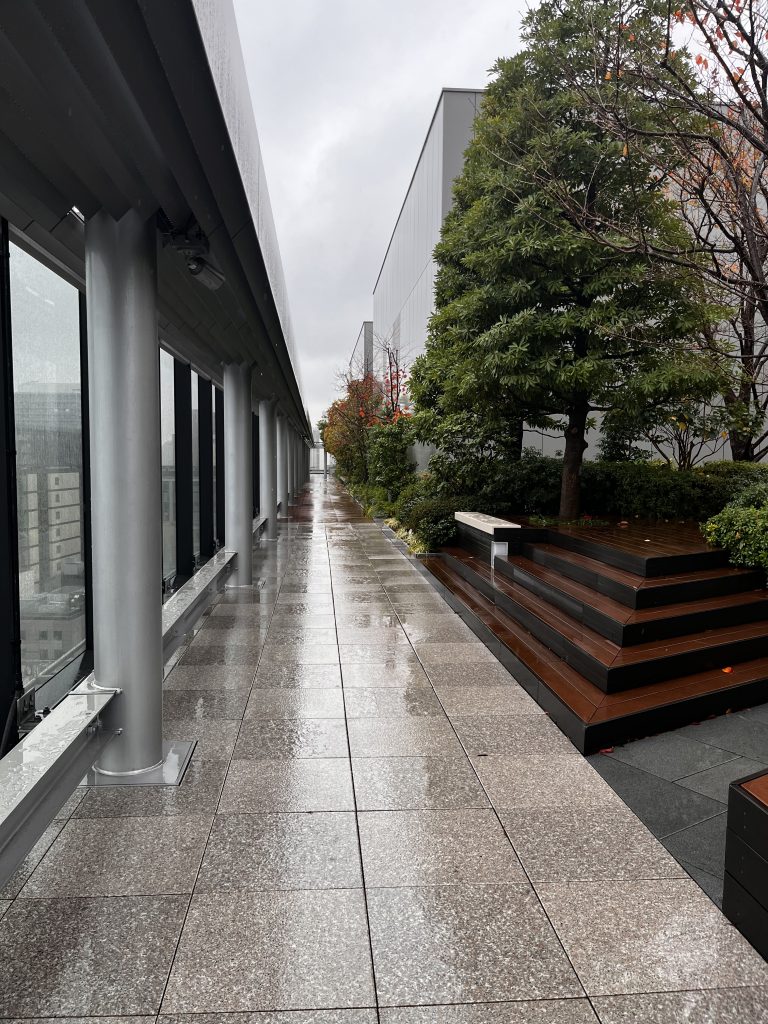


Leave a Reply